10 Crucial Factors That Influence Rental Prices!

Looking for a new place to rent can be challenging, especially when rental prices can vary drastically from one property or area to the next. It is also a personal decision based on circumstances and preferences.
How much you pay in monthly rent depends on a wide range of factors. Develop a better understanding of the rental market below!
Demand For Rental Properties Are On The Rise
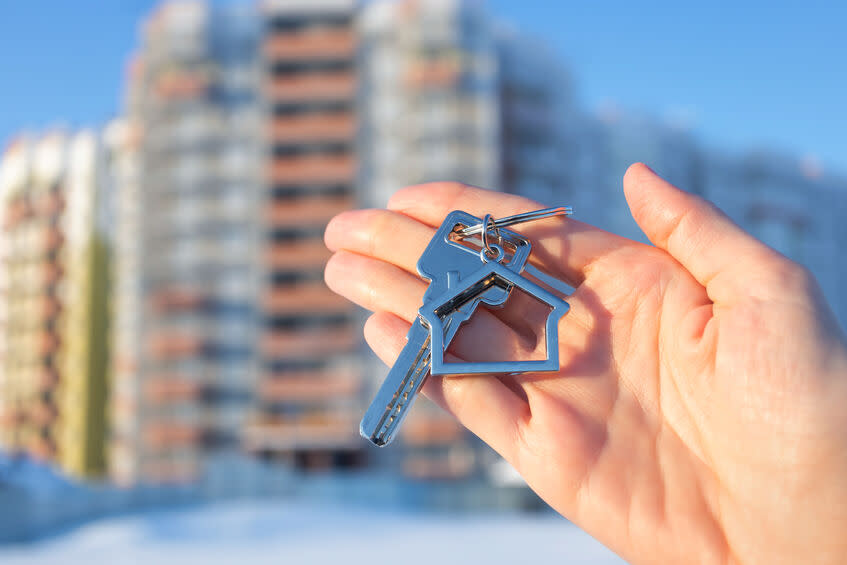
According to the PropertyGuru Malaysia Property Market Report Q3 2022, the Malaysian property market is seeing property seekers gravitating towards being renters versus homeowners. This could be attributed to factors such as affordability, inability to secure a loan, job security, economic stability, and of course, pure preference.
Whether you’re moving out of your current place, or relocating to another city or area, the first step is to understand the rental game and the 10 key factors that affect it.
1) Location, Location, Location
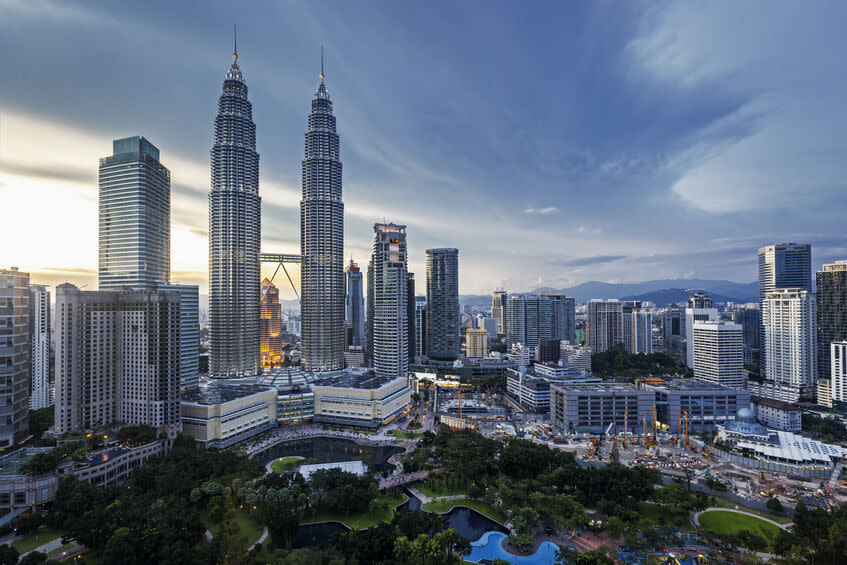
There’s no escaping this. Be it purchase or rent, a property’s location is a main factor influencing its price. The location will establish a baseline rental rate, overall demand, and target market. Generally, properties in a more exclusive suburb such as beside the beach or in the inner city, are likely to demand a higher price.
Some areas will have high rent regardless, simply because of the location. In other areas, you might experience rent suppression because of the neighbourhood. Even if it’s just for a year, it’s important to select a location that works for you. A year is still 365 days and you wouldn’t want to have to live with regret, or in misery, for a few hundred days.
So, you’ll need to evaluate the area if you aren’t familiar with it. If you’re looking for a room or unit that’s close to work, does it fit your budget? Are you willing to pay more for convenience? Then, there’s also traffic during peak hours to consider. Which do you value more – time/rest vs money?
2) Population
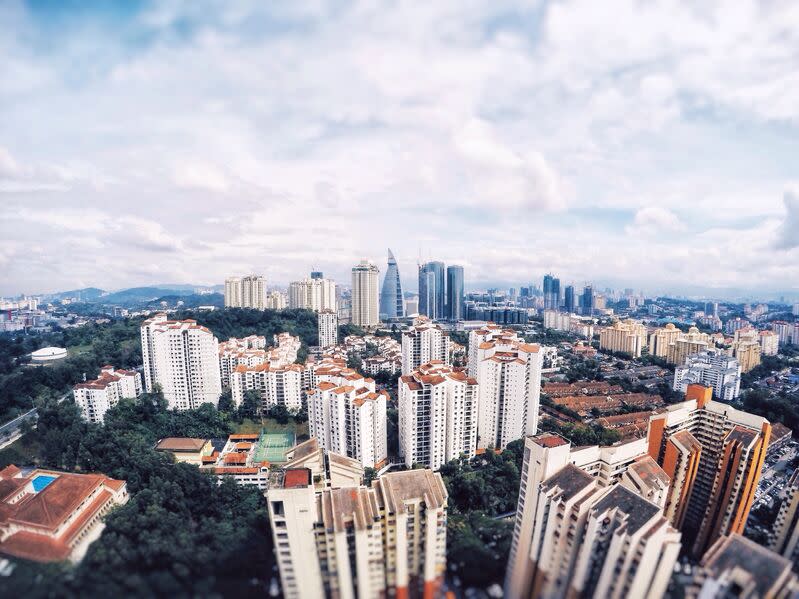
This is closely tied to supply and demand. A city with a larger population density is likely to result in higher rental prices, while cities with smaller populations tend to have lower rent prices. As the population increases, the demand for rental units could rise in tandem, leading to a boost in rents.
3) Vacancy Rate
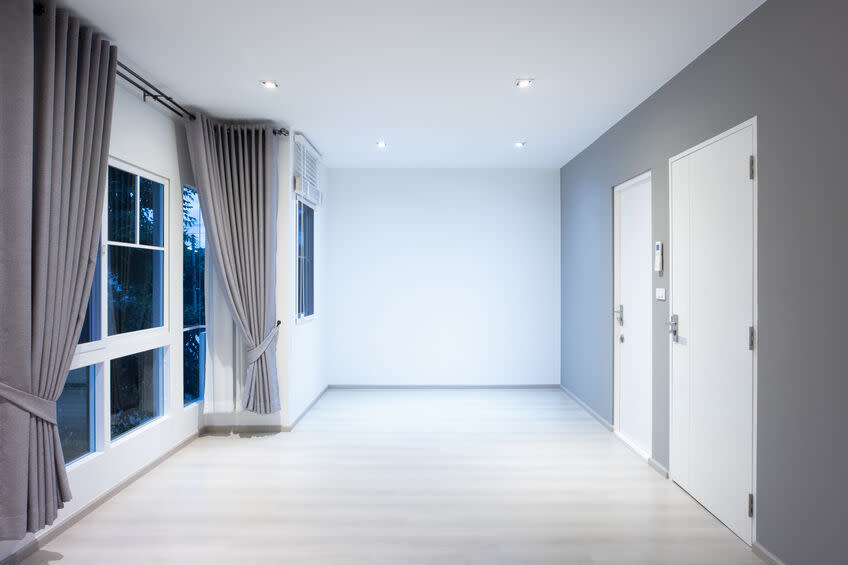
This refers to the number of vacant units at the property that you’ve shortlisted. Areas and properties with higher vacancy rates are usually priced lower – a classic case of supply outstripping demand. Renters would have more to choose from, with greater bargaining power.
On the other hand, lower vacancy rates mean more competition amongst renters (especially if it’s a low-density property in a hot area), and allow property owners to be more choosy and rent units out at higher prices.
4) Property’s Age
The age of a property and how well it is maintained also impacts its rental value. A new property in a popular area, with steady demand, will certainly command a higher rental. Even if it’s an older property but maintained well, the rental could still hold steady or even inflate through the years.
5) Property’s Features and Facilities
A unit’s size impacts its rental value. The number of bedrooms, size of the living space and overall square footage determine the rental price as well. Discerning renters will also consider the quality of fixtures and finishes, colour scheme and how recently the property has been renovated or left empty. And of course, the degree of furnishing will affect the rental price. A fully furnished unit where you can immediately move in with your bags is priced higher than an empty unit.
Some renters prefer townships or properties with excellent communal facilities such as a gym, pool, laundry, futsal court, cafes, and so on. So, depending on each renter’s checklist and budget, the search needs to be finetuned along the way.

If you drive, then parking is also a crucial consideration. If there isn’t sufficient parking, you would have to look for parking close to the property every day and night.
The view also determines the premium renters have to pay. Imagine a unit with a breathtaking view of the KL Twin Towers or other popular landmarks or one with the beautifully tranquil Klang Gates Quartz Ridge as its backdrop. The owners probably forked out a higher price for that unit, and so will renters.
6) Accessibility, Public Transport and Infrastructure
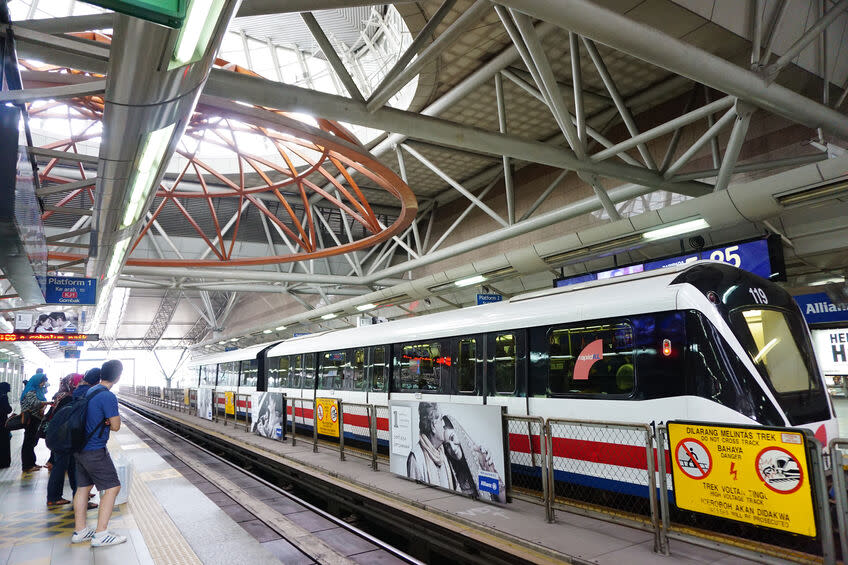
Renters relying on public transport should seek transit-oriented developments, where there’s usually an LRT or MRT station with a link bridge to the property or within a short walk.
Properties well connected to the city centre or hot property spots would have higher demand than properties further away. Large infrastructure projects, such as new transport links, iconic projects, well-planned mega townships or mixed-used developments by renowned developers, tend to drive up property prices in the area, which in turn affects rental prices. Likewise, rental prices could go down if a major business or industry leaves the area.
7) Amenities
Depending on the renter’s lifestyle, it is worth reviewing the proximity to amenities such as parks, medical centres, schools, fitness centres, eateries, supermarkets, worship places, pharmacies, clinics, and more.
As for families, a premium rent will apply for properties within desirable school catchment areas. The more amenities that are peppered within a 5km radius, the higher the rent is likely to be. As pointed out before, there’s a price to pay for convenience.
8) Budget

Between budget and location, we would focus on budget first. It’ll determine the area and type of property that you can rent. There’s really no point wanting the best of the best, when it’s not in your best financial interest.
Some renters adopt the 50-30-20 budget rule. Allocate your net pay (deduct taxes, EPF and SOCSO) to:
50% for necessities (e.g. rent, bills, groceries, transport, debt repayment, etc.)
30% for wants / non-obligatory (e.g. dining, entertainment, etc.)
20% for savings (e.g. retirement, emergencies, dream holiday, etc.)
9) Landlords

Being a renter means not having to pay maintenance fees or property taxes. There’s also less stress in maintaining the unit, with zero risk of price depreciation. However, even in a renter’s market, renters might find themselves dealing with uncooperative landlords or one might say, “landlords from hell”.
Landlords or owners could decide to move in, not allow you to renovate to your liking, sell the property, refuse to pay for certain fixes, increase the rent drastically, or force renters to move out.
Each party has their own responsibilities and role to play. As a renter, it’s important to know your rights. As with everything, there are good and bad apples, and renters should do their due diligence such as researching the rental price for the property or unit type to be able to better negotiate a fair rental price.
Renters can do quick searches on property websites such as PropertyGuru or iProperty, and use the filters that accompany the search bar to narrow down based on preferences.
Once both parties have come to an agreement, remember to sign and stamp a Tenancy Agreement. Apart from the regular and standard terms, be sure to include the party who will be responsible for things such as IWK and air-cond maintenance.
10) Interest Rates
Rising interest rates affect purchasing abilities, and in turn, it increases demand for quality rental properties. When that happens, rents are likely to be raised.
Key Takeaways
As you would have discovered, there are many factors influencing rental prices. From supply and demand to unit size, each factor could influence prices. To find a rental that best suit your requirements, search based on the property attributes that are most valuable to you.
For example, if the place you’re looking for has a high cost of living, you might want to consider a property in a more affordable location.
Related Guides:



